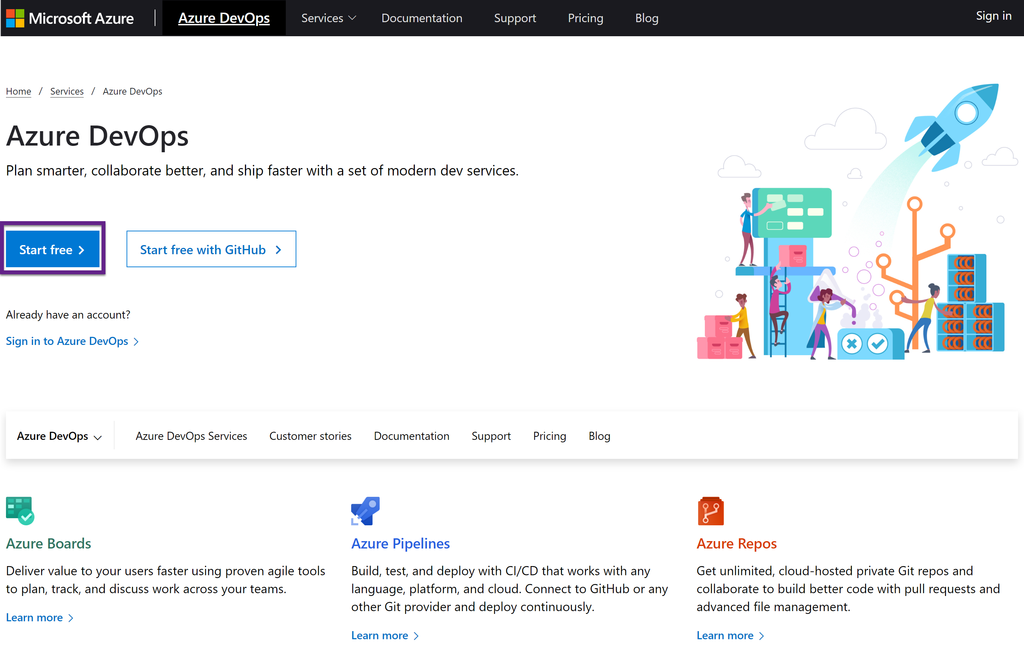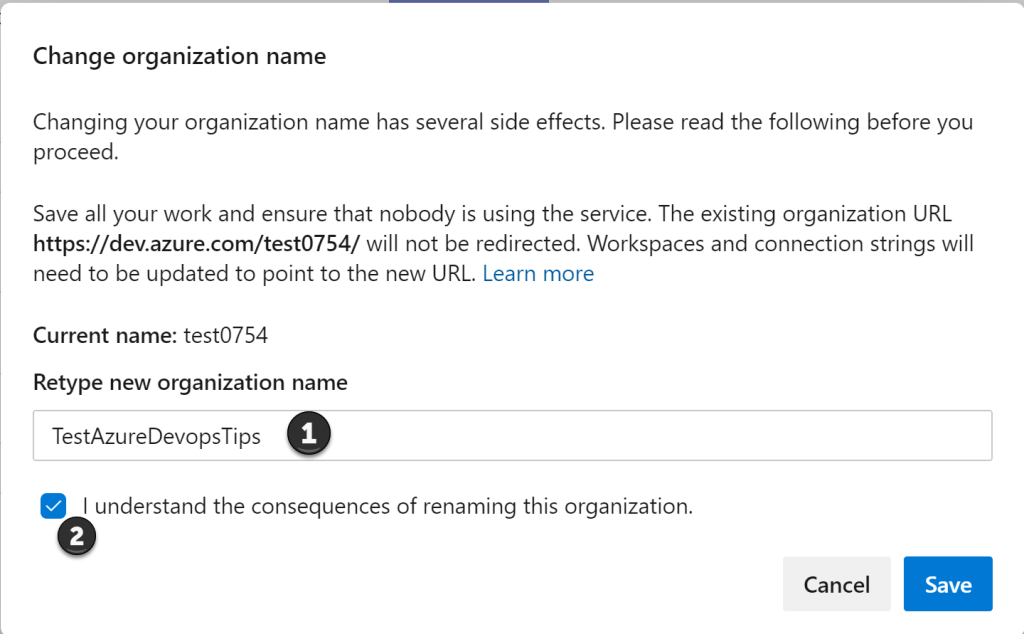Getting Started with Azure DevOps
You may have heard of Teams Foundation Server or Visual Studio Team Service, Azure DevOps is the next version of this suite of tools.
Don’t be fooled by the name, you may think it only works in Azure and with Microsoft Azure. Azure DevOps server can be installed on your on-premise servers or you can use the Service version. As all things, there is positives and negatives too choice.
What if I want to deploy to other cloud providers or on-premise, you can do that.
Does it only work for Microsoft languages and technologies? You can build your code on any given computer language. For example Java, Swift, Python just to name a few.
So what do you get?
All the different parts of the Suite are optional, for example, you could use Boards and GitHub or Jira and Repos

Enables you to plan, discuss and visualise all your different tasks of your projects. It is where the to-do list for the project is kept.

You need to keep your source code somewhere this is the best place for that. You have can use Team Foundation Source Control which is a centralised source control system or alternatively you can look Git which is decentralised source control.

So if you would like to implement continuous integration you need to be able to configure how to build the code and to build the code. That is where Pipelines come into play. You can build using one of the hosted Azure DevOps agents or your own if you wish (one free license). The agent is also used to release onto cloud providers or on-premise servers.

Quality Assurance is part of the software process so this is included as well. So you can build manual test cases and automated tests. At the time of writing, there isn’t a free license option for this. But it won’t stop you documenting all the manual test cases.
Sharing code across the different software project can be carried out using the common packing tools like Nuget, npm and Maven.
Market Place
Like most of the systems now, there is somewhere where you can get add-ons to the platform so if outbox doesn’t do it then head over to the Market Place at time of writing there are 1090 addons.
What if Market Place doesn’t have what I want. Microsoft has enabled you to extend and add your own extensions as well.
Let us get started
Head over to https://dev.azure.com and sign up.
If you are setting up for your corporate make sure you are signed into the browser as your corporate user.

Click on the start free button. If you haven’t logged in as your Microsoft Account (ideally your corporate account) you will be prompted to login. If you don’t have a Microsoft Account yet create one now to proceed.

Select the country/region you wish your data to be held and then press continue. Azure DevOps is creating you organisation within this region.

As you can see above is the Organisation that was created at point (1). To change that to be the name I would like click on the Organisation settings (2).
Change the Organisation Name
 Click on the text next (1) and type in the name you would like for the organisation. Then click on save (2). If you get a red error box at the top of the screen by the Name you will find that this name has already been used. So you will need to use a different name.
Click on the text next (1) and type in the name you would like for the organisation. Then click on save (2). If you get a red error box at the top of the screen by the Name you will find that this name has already been used. So you will need to use a different name.

Once you have clicked Save you will be prompted with this window,
- Retype the new name of the organisation<
- Tick the box if you understand the URL of the instance will change. At this point you are the only one using this so you will be fine.
Then click save.
Conclusion
You have created your Azure DevOps Organisation. From now you create you first project.
Head over to the video:
